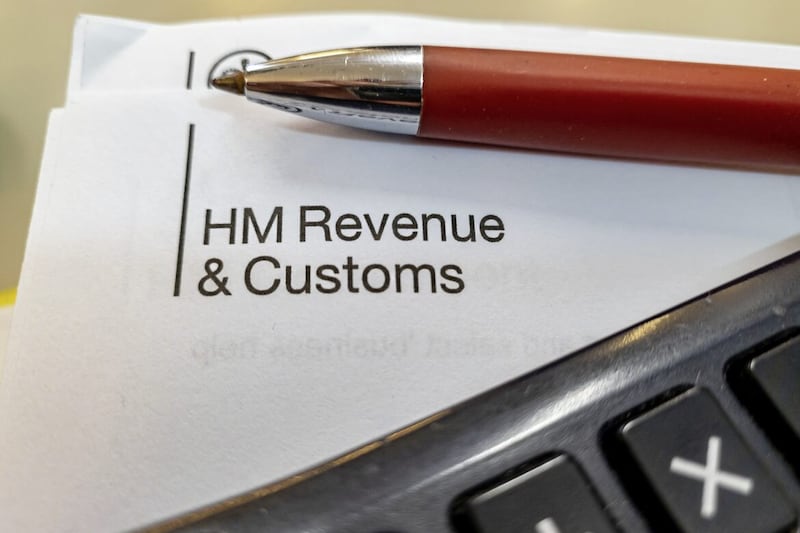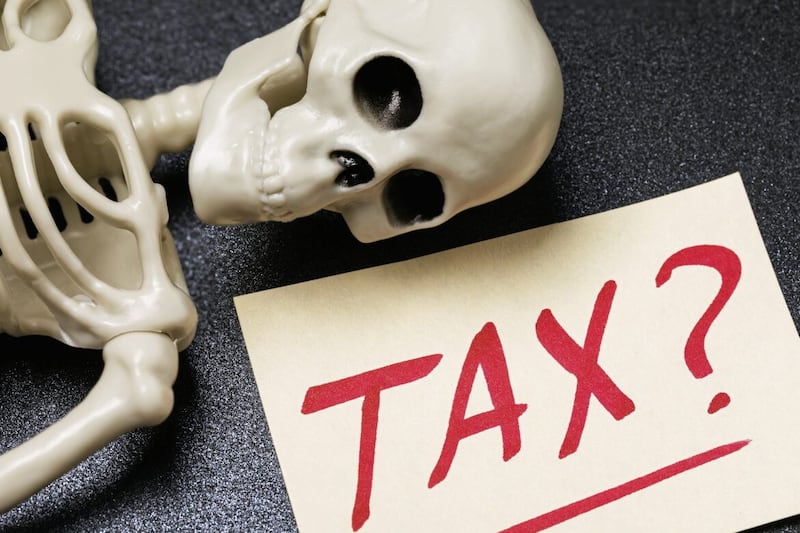QUESTION: My staging date for pension auto enrolment is in the next few months. What do I need to do and what impact will this have on my business?
ANSWER: To encourage more people to save in pension schemes, the government has placed greater responsibility on employers to provide access to pension provision. Up until October 2012 there was no requirement for an employer to pay employer contributions into a scheme. There was also no requirement for the employee to enter an employer provided scheme. Most employers were however obliged to designate a registered stakeholder scheme that employees could join.
Automatic enrolment places new duties on employers to automatically enrol ‘workers’ into a work based pension scheme. A business which uses the services of casual workers, very young or very old workers will need to spend some time in analysing its workforce. A business which only employs salaried staff will have an easier task.
There are three categories of workers: eligible jobholders; non-eligible jobholders; and entitled workers. Most will be eligible jobholders unless the employer already has a qualifying pension scheme. These are the workers for which automatic enrolment will be required.
Other workers (non-eligible jobholders) may have the right to either ‘opt in’ (ie join a scheme) and therefore to be treated as eligible jobholders. ‘Entitled workers’ are entitled to join the scheme but there is no requirement on the employer to make employer contributions in respect of these workers.
Employers are able to comply with their new obligations by using an existing qualifying pension scheme, setting up a new scheme or using the government low cost scheme - the National Employment Savings Trust (NEST). It is important that the pension scheme chosen will deliver good outcomes for the employee’s retirement savings.
The law came into force for very large employers in 2012, but fortunately the automatic enrolment rules have a staggered implementation by reference to the number of employees.
For those with less than 50 employees the earliest start date is June 2015 but the precise date will depend not only on the actual number of employees on 1 April 2012 but also an employer’s PAYE reference number. The earliest date for an employer with up to 30 employees on April 2012 was last June and the latest date is April 1 2017.
Employers are required to write to all workers (except those aged under 16, or 75 and over) explaining what automatic enrolment into a workplace pension means for them.
As part of the automatic enrolment process, employers will need to make contributions to the pension scheme for eligible jobholders. All businesses will need to contribute at least 3 per cent on the ‘qualifying pensionable earnings’ for eligible jobholders.
However, to help employers adjust, compulsory contributions will be phased in, starting at 1 per cent before eventually rising to 3 per cent. There will also be a total minimum contribution which will need to be paid by employees if the employer does not meet the total minimum contributions.
If the employer only pays the employer’s minimum contribution, employees’ contributions will start at 1 per cent of their salary, before eventually rising to 4 per cent. An additional 1 per cent in the form of tax relief will mean that there is a minimum 8 per cent contribution rate.
Earnings cover cash elements of pay including overtime and bonusesbut minimum contributions are not calculated on all the earnings. Contributions will be payable on earnings between the lower threshold of £5,824 and the higher threshold of £43,000 for 2016/17. The earnings between these amounts are called qualifying earnings. The thresholds are reviewed by the government each tax year.
If we do your payroll services, we can help you make these calculations and tell you the deductions from pay and the payments required to the pension scheme.






